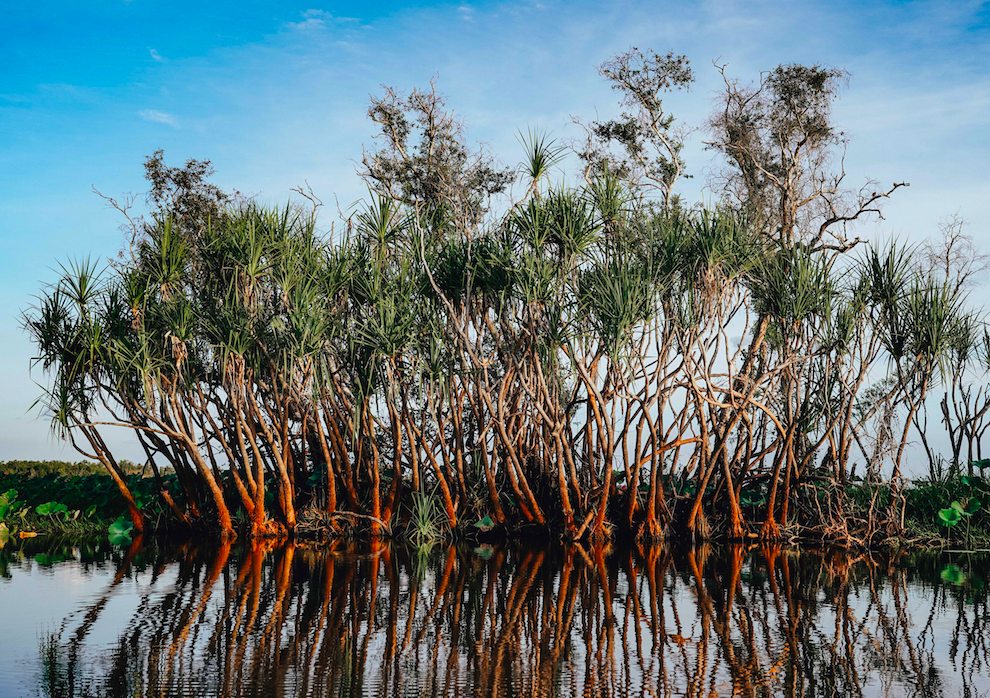JANUARY 2020
Kakadu national park is Australia's largest national park and its located in the Northern Territory of Australia and is an isolated part of the world. It's located in the tropics, between 12° and 14° south of the Equator. The climate is monsoonal, characterized by two main seasons: the dry season and the wet season. The "build up" describes the transition between the dry and the wet.
It's been on my bucket list for years and takes some effort getting to Kakadu. First you have to get to Darwin, which in its self can be challenging and then it's a good three hour drive with speed limits of 130 kilometres on the road. We were told it's just a guideline, but you do need to keep an eye on the road for the abundant wildlife.
So travelling to Australia's Northern Territory, in the month of January seems like a good idea, when Canada is below 0c temperatures, Darwin and Kakadu are in the opposite spectrum.
Hence once you get to Kakadu it's the isolation, the wildness and the size of the place that impresses you and of course the heat. With temperatures well over 30 degrees most days it can be challenging to adjust. Our weather was 36 everyday. Even the over night temperatures are in the high 20 degrees.
But when you are in Kakadu you must visit the waterways, the local boat tours are the most breathtaking. I have seen the Florida Everglades and they are nice. But the Kakadu rivers and wet lands are spectacular. Of course the crocodiles are the top of the food chain and must be respected by all. The bird life and the local fish and turtles are fabulous to watch searching for food.
There is the contrast with the local aboriginal people that seem to spend their day searching for shady trees and then the tourists lounging by the pools or just in the air conditioned accommodation.
I loved our visit to this place and admire how the ecosystem has adapted over the centuries. The national park is protecting the plants and the wildlife, while trying to remove some of the non indigenous animals like water buffalo sand feral cats just to name a few.


